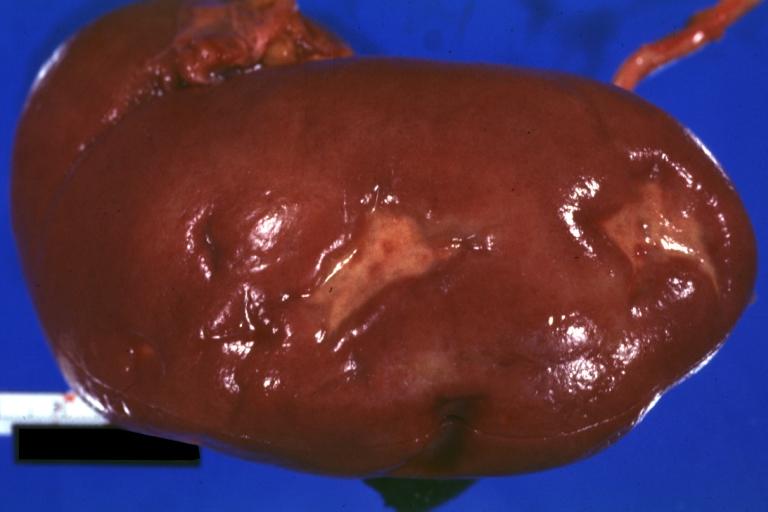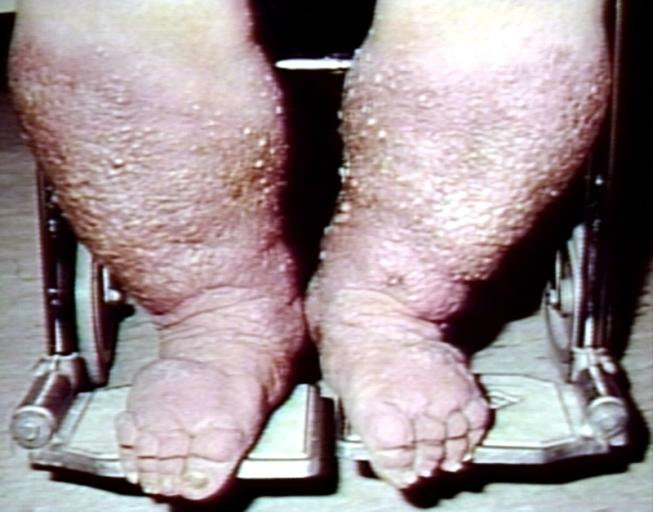Cardiomyopathy natural history, complications and prognosis
|
Cardiomyopathy Microchapters |
|
Diagnosis |
|---|
|
Treatment |
|
Guidelines |
|
2020 AHA/ACC Guideline for the Diagnosis and Treatment of Patients With Hypertrophic Cardiomyopathy |
|
Case Studies |
|
Cardiomyopathy natural history, complications and prognosis On the Web |
|
American Roentgen Ray Society Images of Cardiomyopathy natural history, complications and prognosis |
|
FDA on Cardiomyopathy natural history, complications and prognosis |
|
CDC on Cardiomyopathy natural history, complications and prognosis |
|
Cardiomyopathy natural history, complications and prognosis in the news |
|
Blogs on Cardiomyopathy natural history, complications and prognosis |
|
Risk calculators and risk factors for Cardiomyopathy natural history, complications and prognosis |
Editor-In-Chief: C. Michael Gibson, M.S., M.D. [1]
Please help WikiDoc by adding more content here. It's easy! Click here to learn about editing.
Overview
Cardiomyopathy will continue to progressively worsen, unless intervened on. Complications and sequelae of cardiomyopathy include heart failure, arrythmia, thromboembolic disease, and sudden cardiac death. Prognosis of patients depends on the etiology of the cardiomyopathy and the initiation of management, whether medical, surgical or device therapy. Patients with cardiomyopathy are usually treated with medical treatment similar to heart failure patients, although some patients do not respond well to medications and continue to have worsening heart function, which may require heart transplant eventually. Those patients at high risk for fatal arrhythmias and sudden cardiac death should receive device therapy with implantable cardioverter defibrillator (ICD) or cardiac resynchronization therapy (CRT).
Complications
Cardiomyopathy gets worse unless treated. The most likely complications are;
-
Brain: Infarct: Healing large MCA and PICA probably embolic 64 year old female chronic obstructive pulmonary disease and cardiomyopathy with atrial fibrillation
-
Kidney: Infarct Remote: Gross external view with capsule removed two old and very typical infarct scars 27yobf with dilated cardiomyopathy
-
Excessive pedal edema due to right heart failure in a patient with hypertrophic cardiomyopathy (due to functional aortic stenosis from narrow outflow tract)
References
Template:Sisakian H. Cardiomyopathies: Evolution of pathogenesis concepts and potential for new therapies. World J Cardiol. 2014;6(6):478-94Template:WH Template:WS Template:Al-Khatib SM, Fonarow GC, Joglar JA, et al. Primary Prevention Implantable Cardioverter Defibrillators in Patients With Nonischemic Cardiomyopathy: A Meta-analysis. JAMA Cardiol. 2017;2(6):685-688.


